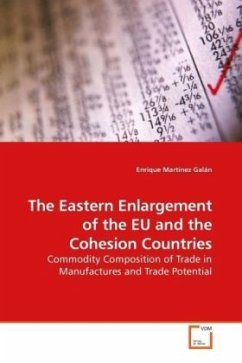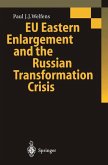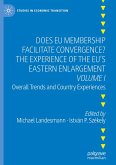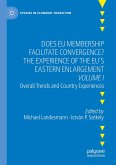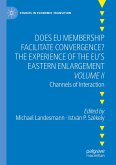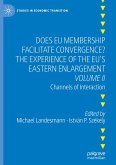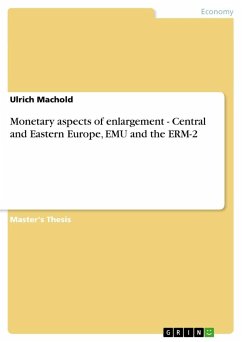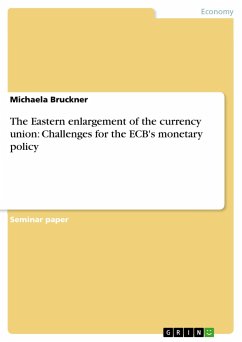A gravity model is used to evaluate the manufacturing trade potential of the Central and Eastern European Countries (CEEC) with the EU15 countries from 1999 to 2002. Special attention is paid to this enlargement s effect on the Cohesion Countries (CC) within this approach. Relatively to previous studies, this monograph is, to the best of our knowledge, the first combining a trade potential based on the gravity model with the inclusion of a variable related to the Commodity Composition of Trade (CCT) in terms of manufactures. Several CCT variables were tested for the available data, taking into consideration high levels of disaggregation. Finally, having in consideration the latest academic debate in course, we analysed and tested all the methodological contributions recently proposed in the literature as regards to the improvement of the econometric specification of the gravity model, namely making use of the Poisson Pseudo-Maximum Likelihood Estimator. The refinement of the explanatory variables considered in the analysis, specifically those related to the distance measurement, as well as the introduction of new variables, were also taken into consideration.
Bitte wählen Sie Ihr Anliegen aus.
Rechnungen
Retourenschein anfordern
Bestellstatus
Storno

